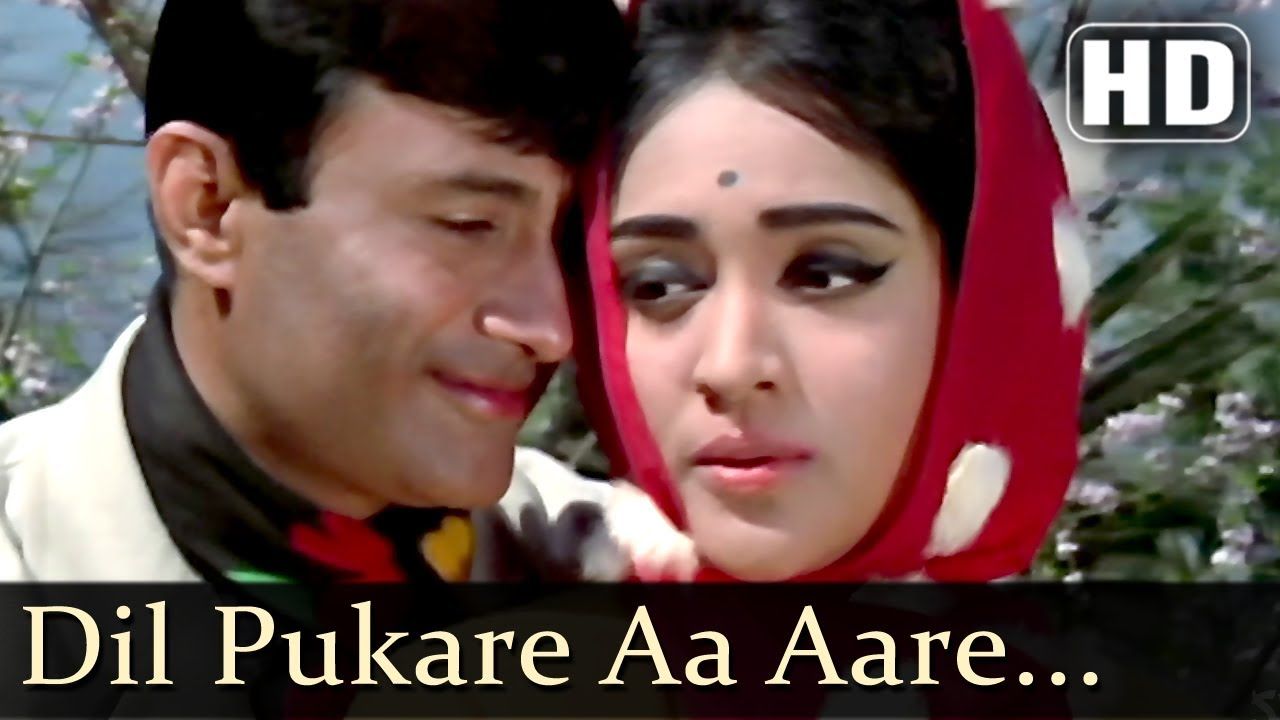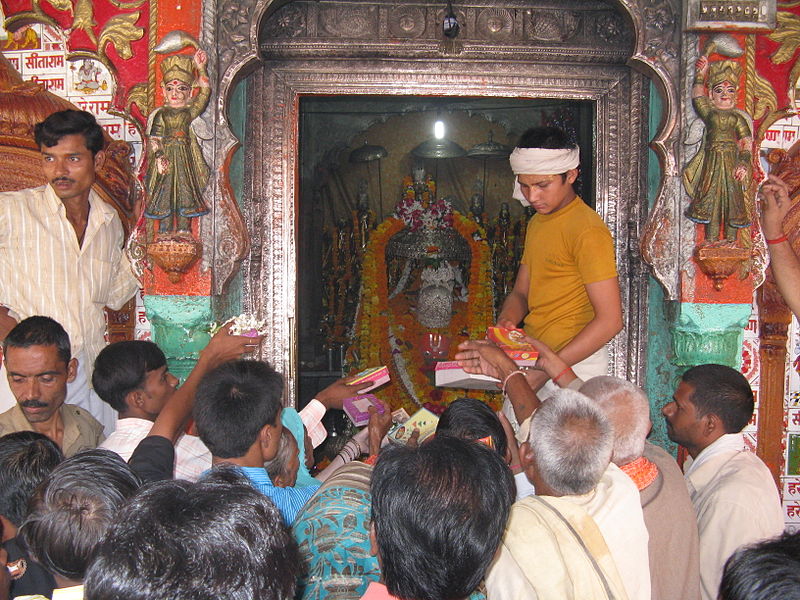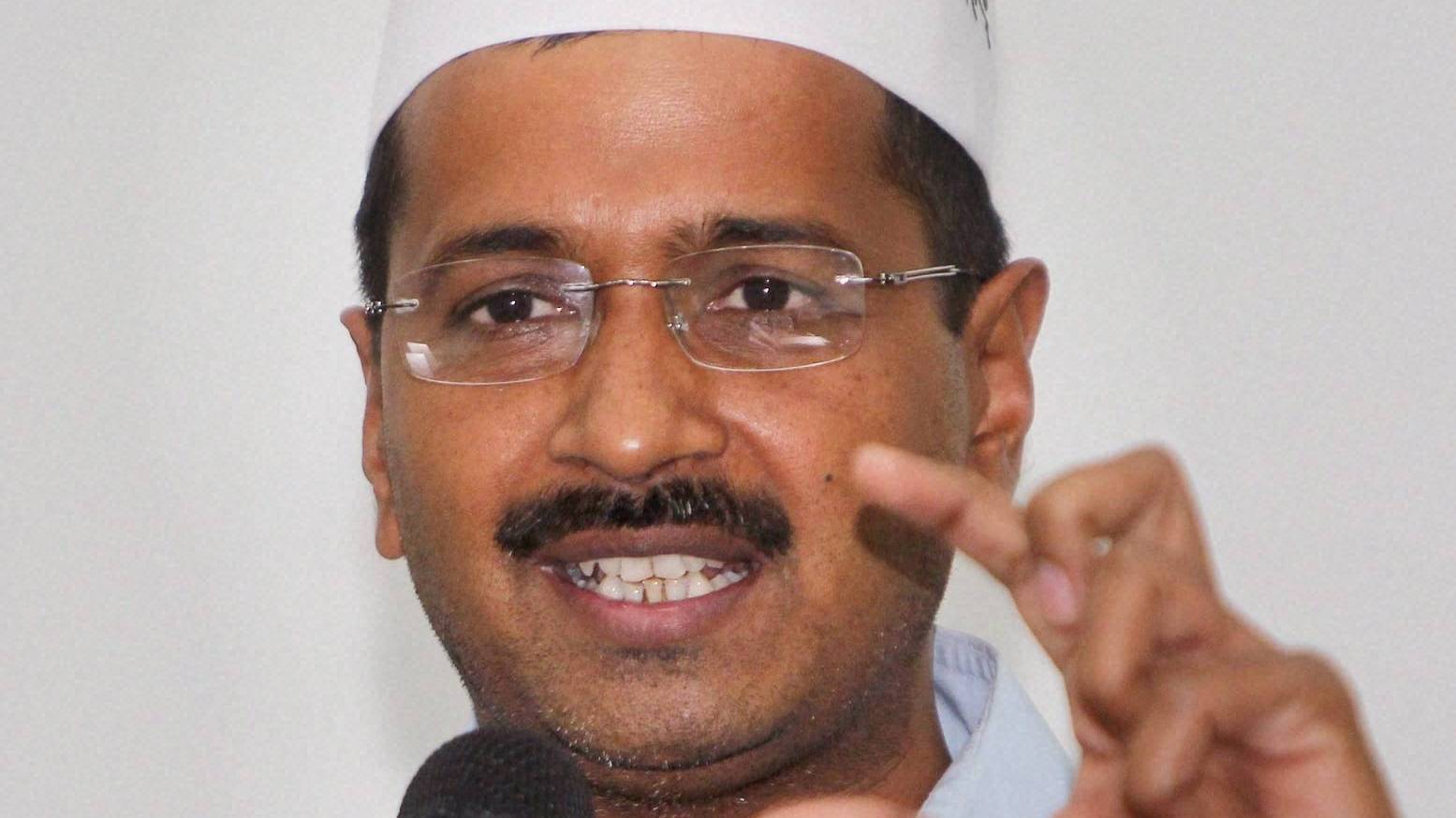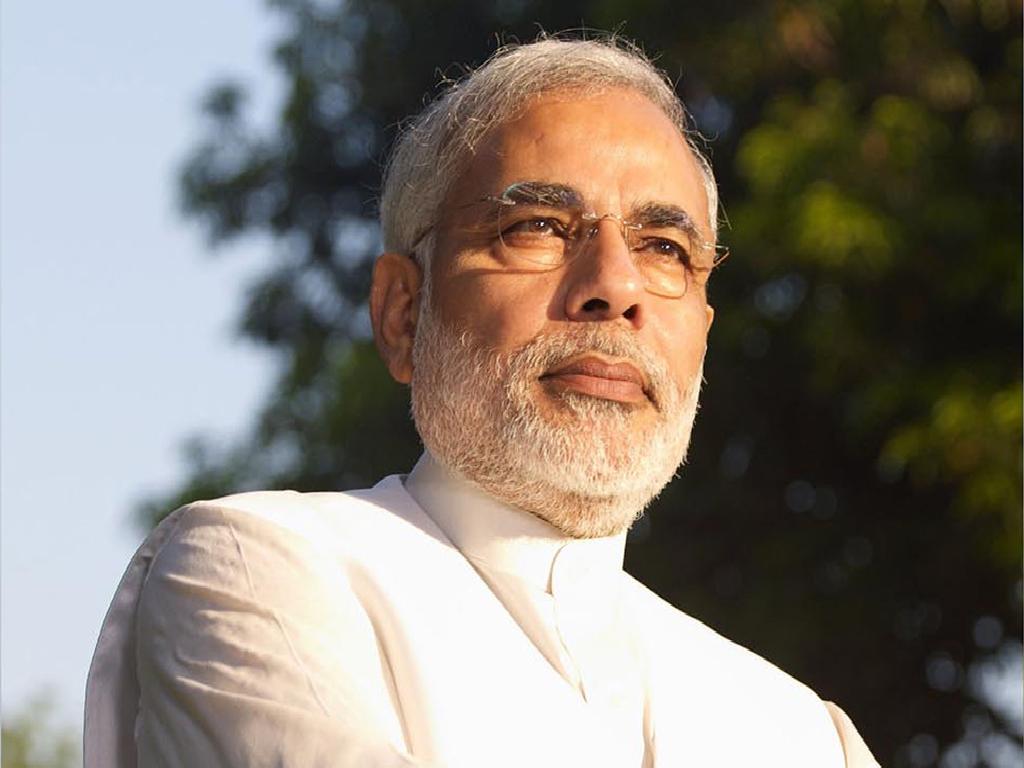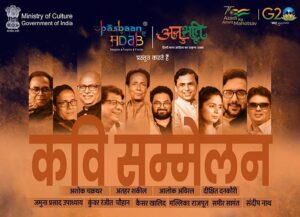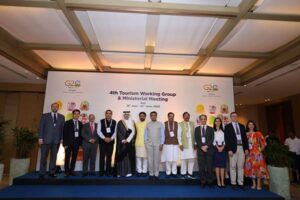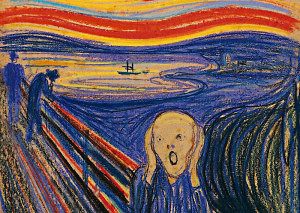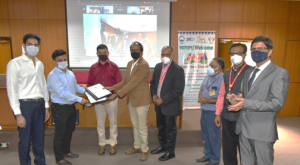How Gandhi ruined India
Ravi Shanker Kapoor | October 2, 2016 1:19 pm
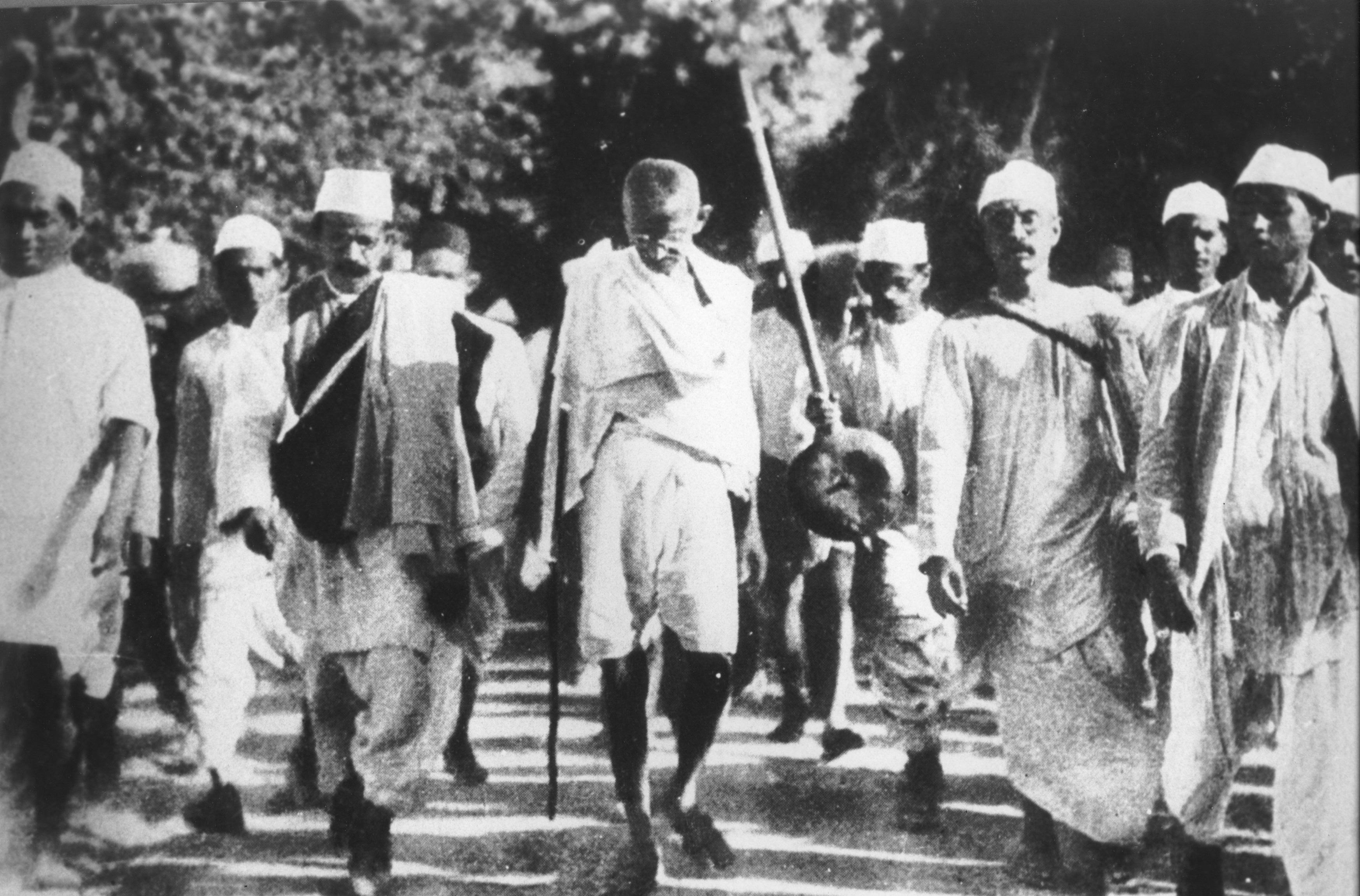
Nobody in our country has played as much role in shutting down the Indian mind to reason, scientific temperament, and refinement as Mahatma Gandhi did. He did his best to take the country back to the medieval period.
There was some merit in what al-Beruni said in the 11th century: “The Hindus believe that there is no country but theirs, no nation like theirs, no kings like theirs, no religion like theirs, no science like theirs. They are haughty, foolishly vain, self-conceited, and stolid. They are by nature niggardly in communicating that which they know, and they take the greatest possible care to withhold it from men of another caste among their own people, still much more, of course, from any foreigner… Their haughtiness is such that, if you tell them of any science or scholar in Khorasan and Persia, they will think you to be both an ignoramus and a liar. If they traveled and mixed with other nations, they would soon change their mind, for their ancestors were not as narrow-minded as the present generation is.”
It was not that the Hindus did not have any virtues; they had many, a fact recognized even by the supercilious Al-beruni. He did acknowledge the advances made by Hindus in philosophy, mathematics, and astronomy. But he was right regarding his view that the Hindus considered their country to be the centre of the world, if not the world itself. They never had the desire to know the world, its peoples, their arts and sciences.
Frog in a well
So, in his autobiography, the ludicrously named The Story of My Experiments with Truth (you can experiment with food, machines, chemicals, etc., to know some truth, but how, pray, do you experiment with the truth?), Gandhi hardly notices anything substantive about London. “Though Gandhi spent three years in England, there is nothing in his autobiography about the climates or seasons, so unlike the heat and monsoon of Gujarat and Bombay,” writes Naipaul in India: A Wounded Civilization. “No London building is described, no street, no room, no crowd, no public conveyance. The London of 1890, the capital of the world—which must have been overwhelming for a young man from a small Indian town—has to be inferred from Gandhi’s continuing internal disturbances, his embarrassments, his religious self-searchings…”
Gandhi was the traditional Hindu who found everything outside the traditional worldview as inconsequential at best and abominable at worst. He had no interest in the scientific attainments, technological advancements, industrial revolution, political and philosophical movements, and artistic and cultural developments that were taking place in England at that time. At best, he was familiar with the works of some minor authors. His horizons never widened, for he suffered from an affliction worse than the frog-in-a-well syndrome: when brought out of his cocoon, he doesn’t find exhilaration and joy in the myriad vistas that open up; instead he feels fear that the elation might be the illusion created by some demon.
Gandhi’s demon was the West, the demon that had bewitched so many of his countrymen, the demon that was changing the old India, the traditional India, the India of villages, the demon who was attacking the rot of India, the rot and torpor that Gandhi was personification of. So, he was happy that “we have managed with the same kind of plough as existed thousands of years ago. We have retained the same kind of cottages that we had in former times and our indigenous education remains the same as before. We have had no system of life corroding competition. Each followed his own occupation or trade and charged a regulation wage. It was not that we did not know how to invent machinery, but our forefathers knew that, if we set our hearts after such things, we would become slaves and lose our moral fiber. They, therefore, after due deliberation decided that we should only do what we could with our hands and feet. They saw that our real happiness and health consisted in a proper use of our hands and feet. They further reasoned that large cities were a snare and a useless encumbrance and that people would not be happy in them, that there would be gangs of thieves and robbers, prostitution and vice flourishing in them and that poor men would be robbed by rich men. They were, therefore, satisfied with small villages.”
Rarely, if ever, a leader of such stature has glorified stagnation with matching fervor. Use of the same plough for ages means not only complete lack of scientific and technological advance but, worse, also the absence of desire to improve one’s lot and, therefore, the gloomiest defeatism—in short, a subhuman subsistence that revolves around physical survival and is beyond the pale of the refinements of life.
Gandhi was also proud of the fact that “our indigenous education remains the same as before.” It is universally accepted that education in India when the British began their rule was practically non-existent. To begin with, it was prohibited for a very large section of the population, the Shudras, to get any education in the first place. Even among the so-called higher castes, it was mainly Brahmins who had access to knowledge, and even that too was in Sanskrit, primarily pedantic. It had nothing to do with modern sciences, geography, mathematics, or even with modern philosophy; though India had a rich tradition of philosophical learning and speculation, it had long become excessively recondite, sophistic, and esoteric; it increasingly got divorced from the real world, especially after the arrival of the Muslims. It was for this reason that in the second millennium India produced so little in philosophy, science, and arts.
Gandhi was unable to perceive the philosophical, scientific, and intellectual stultification of India; in fact, he takes pride in the country’s atrophy; he finds it a crowning achievement. He makes ludicrous assertions like “our forefathers knew that [how to invent machinery], if we set our hearts after such things, we would become slaves and lose our moral fiber.” I have seen movies in which characters, cognizant of the menacing potential of a weapon like nuclear bomb, refuse to make it; but there is no instance in recorded history in which anybody could invent something but did not.
Gandhi actually lends credence to the myth that our ancestors knew it all—about nuclear weapons (brahmastra), airplanes (pushpak vimaan), and so on. This is not surprising; a man as unscientific as him could not be aware of the fact that there is a sequentiality in science, that Einstein cannot precede Newton and Darwin has to come after Harvey, that it takes centuries and countless dedicated scientists for a branch of knowledge to blossom.
Gandhi’s criticism of technology is also erroneous; his worry is only that we would “lose our moral fiber.” This presupposes a period in the history of mankind—he doesn’t mention and where—when the society was moral. Such a golden past, kind of Garden of Eden, exists in mythologies but not in history. What we do know is that in every era before Gandhi the position of women and ‘lower castes’ was low, education was the prerogative of the ruling strata, poverty was widespread, famines and epidemics were common, life expectancy was abysmal, the powers of kings were enormous and unrestrained, fairness and equality were unknown, and human rights were unheard of.
Idolizing Stone Age
On technology, Gandhi’s position is even more absurd. It would still have been consistent had he idolized the Stone Age, for that was the era when there was little technology. The plough that he loves actually came centuries later. It signifies a certain level of technological advancement, as also does the charkha which symbolizes Gandhi. Apparently, he believed in that progress is something that is good only to some extent and till a certain point in time—till the plough and the charkha, in his case—but after that it acquires a diabolical dimension. This occasions several questions: Till what point a technological development is good? What are the criteria to be used in determining the goodness or badness of a technology? Who decides that that point has been reached? Who decides to stop that development? Can it be stopped in the first place? Doesn’t a technology, like various other human contrivances, acquire a life of its own?
Typically, Gandhi answers none of these questions. I don’t think that anybody has ever hurled these queries at Gandhi, such has been the degree of hero-worship in our country. This is the reason that many of his patently inaccurate statements are ignored. He goes on to blather about the evils of urban life. Our ancestors, he tells us, “reasoned that large cities were a snare and a useless encumbrance and that people would not be happy in them, that there would be gangs of thieves and robbers, prostitution, and vice flourishing in them and that poor men would be robbed by rich men.” Notice how he equates city life with the evils of civilization. Not for him the arts, refinements, sciences, trade, industry, commerce, etc, that are made possible by cities. He sees only thieves and robbers, whores and pimps in cities, not art exhibitions, theatres, engaging discussions and debates, centres of science, the infinite possibilities for the efflorescence of human genius and potential. He is also blind to the freedom which the individual enjoys in cities and which is severely curtailed in villages, especially in India.
This was the reason why B.R. Ambedkar considered villages as the cesspools of cruelty and caste prejudice. Commenting upon the proposal in the Bombay Legislative Council to augment the powers for panchas through a Village Panchayats Bill, he said, “A population which is hidebound by caste; a population which is infected by ancient prejudices; a population which flouts equality of status and is dominated by notions of gradations in life; a population which thinks that some are high and some are low—can it be expected to have the right notions even to discharge bare justice? Sir, I deny that proposition, and I submit that it is not proper to expect us to submit our life, and our liberty, and our property to the hands of these panchas.”
Ambedkar was right, for the local village chiefs have proved to be mini-tyrants in their respective domains—perpetuating their medieval views and practices, often exacerbating caste rigidities and tensions, sometimes encouraging honor killings, and generally acting as regressive forces. He also wrote, “The love of the intellectual Indian for the village community is of course infinite, if not pathetic.”
Gandhi was among the Indian intellectuals whose love for the rural idyll was both infinite and pathetic. The infiniteness is evident from his writings. It was pathetic because it was for something that was not very real—in his time and any other time before him. The rural idyll that Gandhi assumed has existed mainly in the works of poets—village belles blithely ambling to the panghat with earthen pots, the leisurely rhythms of agrarian cycles, the quietude of country life, the contentedness in the small communities of self-sufficient villages. This is not to say that village life is without its own beauty and serenity. Perhaps Ambedkar was exaggerating when he said that “What is a village but a sink of localism, a den of ignorance, narrow mindedness and communalism?” But it is undeniable that the village was never an Arcadia that Gandhi imagined it was.
Gandhi, however, would never be checked by reality in his flights of fancy. He continues to wax eloquent about a remote past—of course, without specifying the Five W’s and One H. So, our ancestors “saw that kings and their swords were inferior to the sword of ethics, and they, therefore, held the sovereigns of the earth to be inferior to the Rishis and the Fakirs. A nation with a constitution like this is fitter to teach others than to learn from others.” When and where was the “the sword of ethics” supreme? In which BC or AD? No answer. When did we have a constitution before the one we adapted on January 26, 1950? At least history does not record it, but Gandhi is not bothered.
He continues: “This nation had courts, lawyers, and doctors, but they were all within bounds. Everybody knew that these professions were not particularly superior. Moreover, these vakils and vaids did not rob people, they were considered people’s dependants, not their masters. Justice was tolerably fair. The ordinary rule was to avoid courts. There were no touts to lure people into them. This evil, too, was noticeable only in and around capitals. The common people lived independently and followed their agricultural occupation. They enjoyed true Home Rule.”
Again, there are no specifics. When did such a harmonious, just, and fair society exist? Before Christ? In the earlier centuries of the Christian era? During Muslim rule? No answers, no evidence to support the lofty claims.
But the claims do not stop: “The tendency of the Indian civilization is to elevate the moral being, that of the Western civilization is to propagate immorality. The latter is godless, the former is based on a belief in God.” Only a mindless Indian nationalist could have made this statement. Isn’t caste a feature of our country? Didn’t it condemn millions of the so-called lower castes to have a subhuman existence? Didn’t it institutionalize the lower position of women in society? Didn’t superstitions and rituals drain out the vitality of society and creativity? Didn’t the ills of the Indian civilization degrade the people?
It is true that the Indian civilization has many any redeeming features, but it is also equally true that it is also beset with myriad afflictions, which were more in number and severity when Gandhi was alive than they are today. Yet, he made these remarks; and, in the process, instilled a false pride among the people in general and political and thought leaders in particular. This led to the closing of the Indian mind to novelty and nobility. Further, Gandhi’s medievalism and inanity also made the Indian mind vulnerable to such abominations as Swadeshi fanaticism, Sudheendra Kulkarni, and Arvind Kejriwal.



